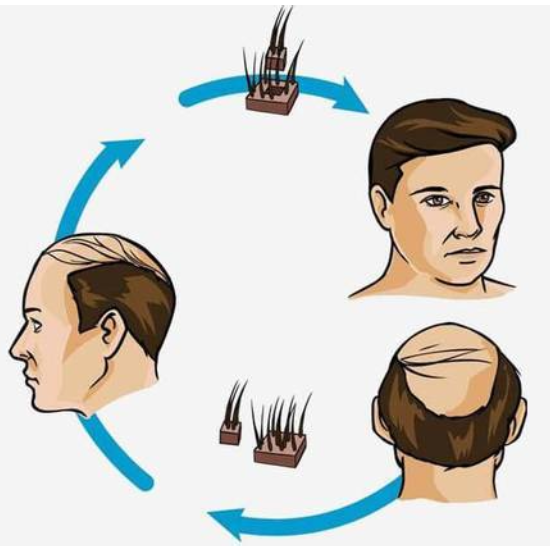A lot of women do a facelift surgery, to get rid of the signs of aging. As wrinkles appear on the face, which reduces its coolness and youthfulness. And then research begins behind creams and cosmetics that rejuvenate the skin. But sometimes the situation may need to look for what is more efficient than creams. And here comes the role of lifting operations as one of the effective solutions for getting rid of wrinkles on a permanent basis.
What is a facelift?
This is a process in which excess facial skin is removed and sagging skin is tightened and fine and deep wrinkles. Particularly below the eyelids, around the eyes and in the middle of the face.
Skin sags at an older age due to a reduction in collagen and elastin, which maintain the skin's elasticity.
Before the face-lift operation
-
The physician accurately identifies the patient's condition and reviews the patient clinically to decide which procedures are most appropriate for the patient's condition. And takes that decision based on the wishes of the patient and the results they hope to achieve.
-
Some patients do not want to be operated under general anaesthesia, even if their results are less effective. And some are looking for the best long-term outcomes despite the costs.
-
The physician begins to explain the chosen surgery to the patient and the reasons for the choice and suitability of the surgery. The patient should speak openly and clearly about their medical objectives with their physician.
-
They must commit to providing a clear and candid medical history of their condition in a manner that does not interfere with the physician's decision. It can have a negative effect on her condition.
-
A few photos of the patient are taken to compare with pre- and post-surgery results.
Facelift surgery steps
Anesthesia: Anesthesia is the first step in any surgical procedure, and local anesthesia is only available for laser or surgical sutures. But if done surgically, it is necessary to use the general anesthesia option to tighten the muscles and tighten the layers beneath the skin.
Treatment of sagging skin:
the second step of the laser lifting procedure is to treat sagging skin using a laser device. For surgical sutures, the surgeon starts tightening the layers below the skin using, the type of sutures appropriate to the patient's condition. With simple stitches on both sides of the face at the back of the hairline. Either way, no surgical incision is required. In the case of surgery, the surgeon incises both sides of the face behind the hair root, so that no visible scars are left. If the case is not serious, the facelift is carried out in miniature, and the incision may be made on both sides of the ear only. In the case of a neck lift, the surgical incision is carried out at the lobe of the ear.
Skin Tightening:
Excess skin and muscle is tightened and pricked, and the sagging face is tightened. And the process can include implanting stents or injecting facial fat to help restore the skin's freshness and youthfulness. The incision is closed, bandages are put on the face, and the patient is sent back to recover to start waiting for the results.
Tips after a facelift:
The most important recommendations from dermatologists and cosmetologists include:
-
Make sure to clean and moisturize the face after removing the bandages to reduce bacterial and fungal growth on the wound.
-
Don't wear makeup for a month to avoid complications.
-
Be sure to drink enough water and follow a balanced diet that includes fruits and vegetables to accelerate your recovery.
-
Do not be exposed to direct sunlight long enough after surgery.
-
Use cold compresses and avoid bending or lifting heavy items over long periods of time to reduce facial swelling.
-
Avoid strenuous activities and exercises after surgery and for two weeks.
When do the results of a facelift appear?
The results of the laser front facelift procedure appear as soon as the procedure is completed. Moreover, the realization of a facelift operation with polypropylene threads, the results are immediate. Appearing within hours of surgery and stabilize completely over the next few days. As for surgery, it takes time for the recovery period to pass safely and the patient to benefit from the outcome of the operation. This is not surprising, as surgery is considered a treatment for severe sagging that involves the muscles and skin of the face. Therefore, its effects are greater and the results last longer.
Generally, to maintain the outcome of the operation, regardless of its method,
It is necessary to protect yourself from sunlight in the long term, and follow a healthy diet that includes eating enough water and exercise regularly, and avoiding smoking and alcohol helps, maintain the freshness of the skin and the results of the procedure for the longest possible period.





